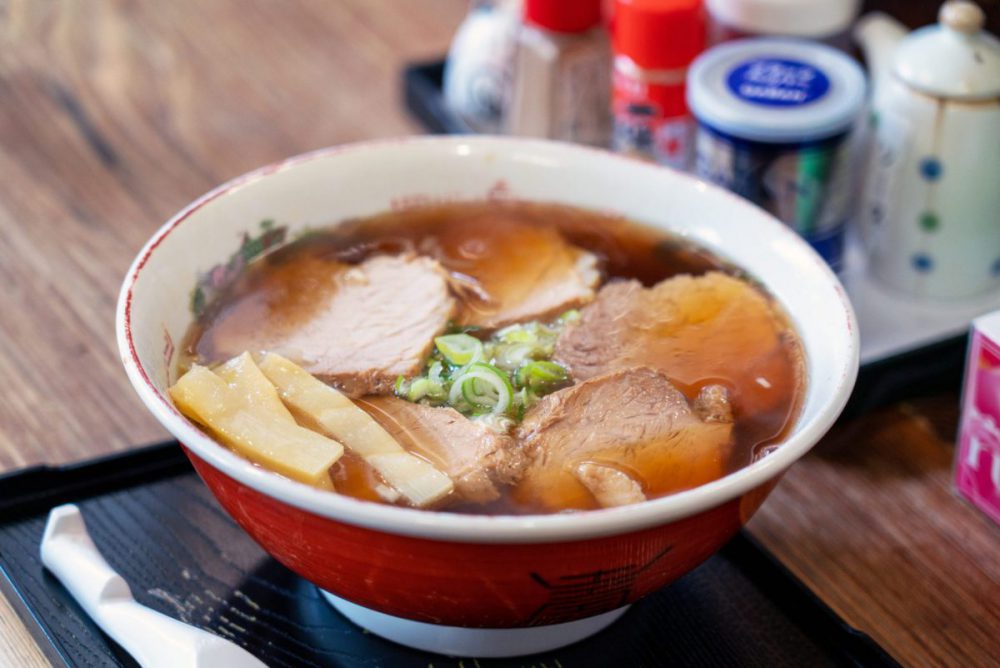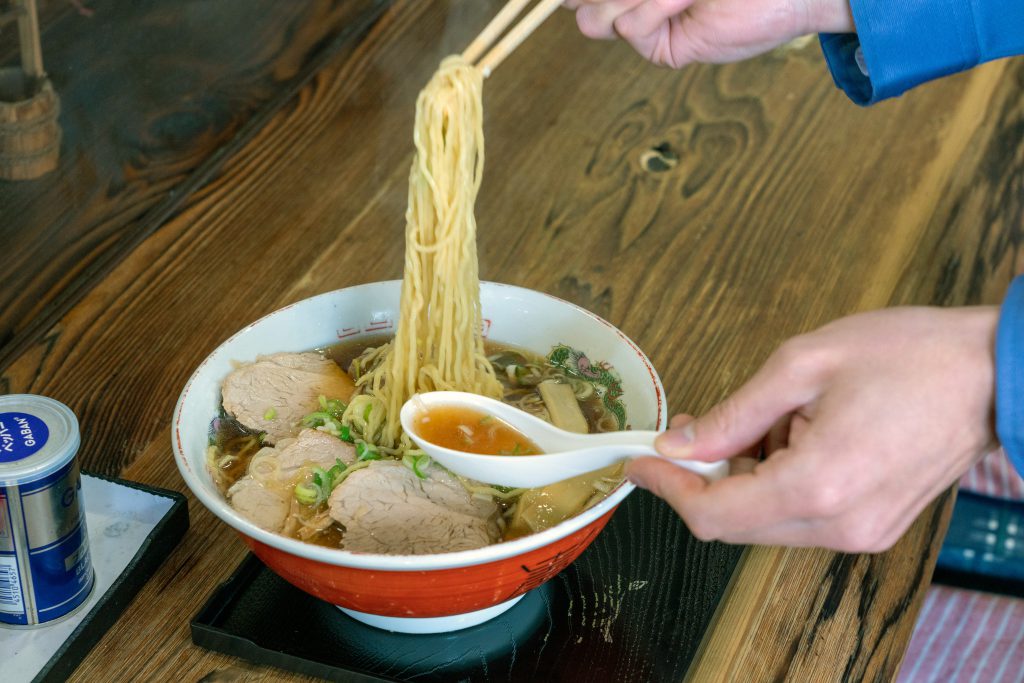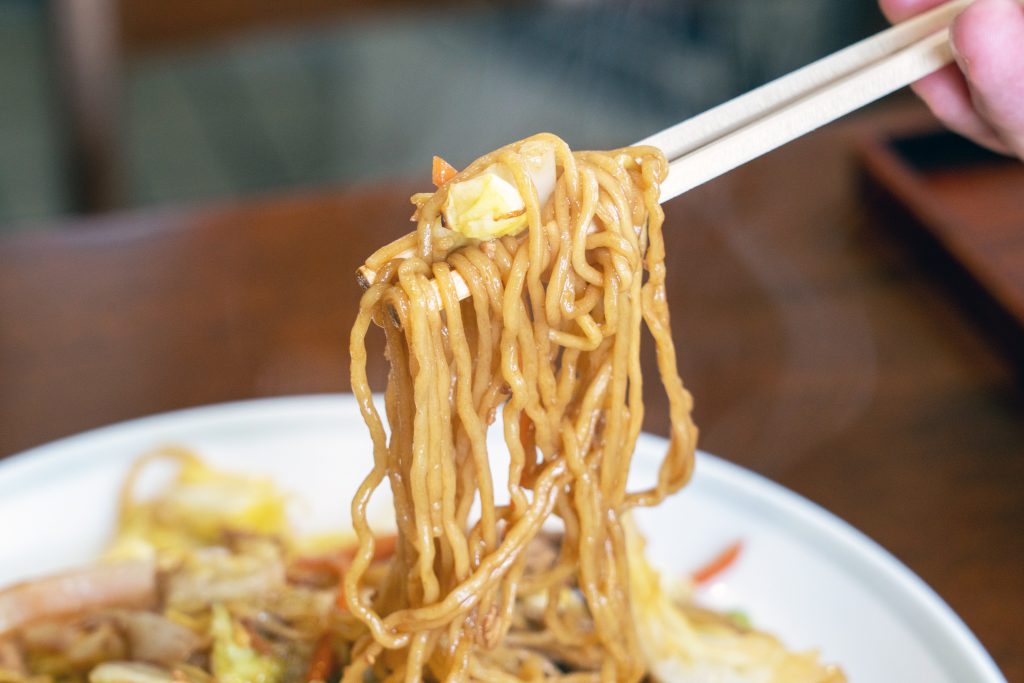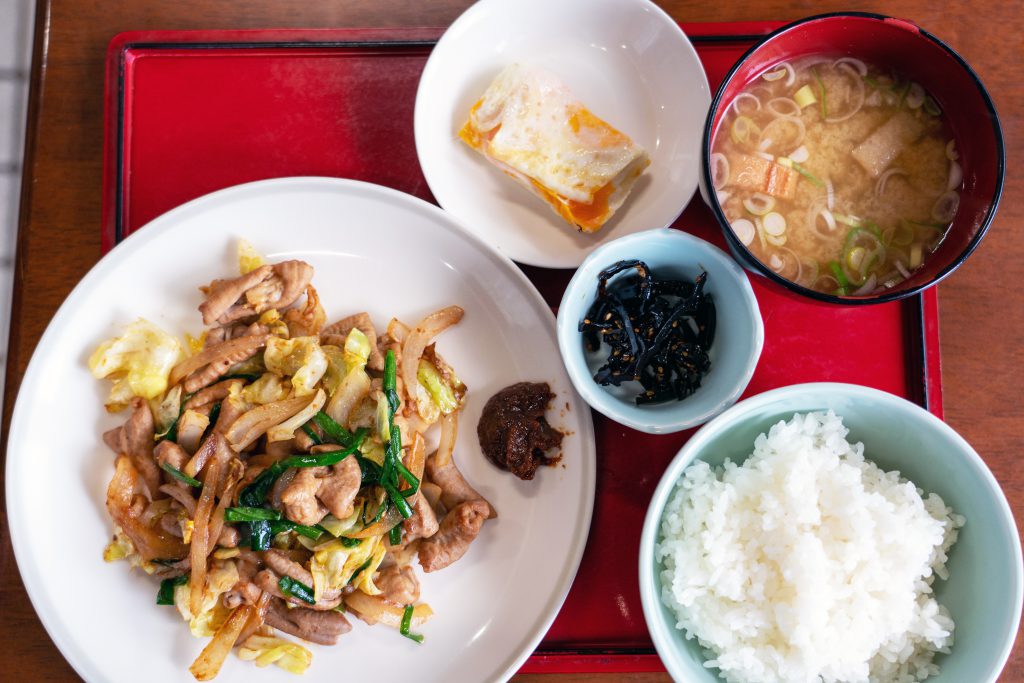Niboshi Ramen – The Ramen From Japan’s North That You Need to Try Next

Ramen. Food for the soul. Delicious bowls of umami goodness. Different regions in Japan specialise in different kinds of ramen. Throughout Kyushu, there are many variations of tonkotsu ramen, Sapporo in Hokkaido is known for its miso ramen, and shoyu (soy sauce) ramen is commonplace in Tokyo. Compared to Australia, Japan is a small place. But despite being so small, it feels big thanks to its many local culinary varieties. Thousands of years of history and the mountainous nature of the country has meant that even though close together, cultures between different areas can be quite distinct.
Throughout Japan you can find restaurants taking all sorts of unique, interesting approaches to ramen. Be it Yokohama’s thick, spinach topped “iekei” style ramen, or yuzu flavoured ramen from Tokyo’s Afuri, ramen spots throughout the country are always trying out different things to provide the next level of culinary experience. Many spots these days even use niboshi for their soup bases. Niboshi (aka iriko) are dried baby sardines. They’re known for their rather pronounced, rich flavour, especially when boiled for soups. But ramen made with niboshi isn’t a new thing. Niboshi ramen* is a style traditionally found throughout Aomori’s Tsugaru region. In this article we’ll be trying Niboshi Ramen at one of Kuroishi City’s best Niboshi ramen spots, Wagaya.
At Wagaya, the ramen’s soup base is made by boiling a mix of niboshi and pork bones (tonkotsu). Although pork bones are used, they’re not boiled long enough for everything inside the bones to break down and make that rich, thick stock commonly found in the thick and heavy tonkotsu style found in places like Fukuoka. Wagaya’s Niboshi ramen is of the “assari” (light) variety. The niboshi and the pork bones provide a foundation for a light but powerful soup. The rich, savoury flavour makes it quite moreish.
Thanks to its preparation, the soup is light and clear, with no particular standout fatty areas. The soup’s dark brown colour comes from the tare (sauce). This is a soy sauce tare based bowl of Niboshi ramen. The tare is a big part of what makes each restaurant’s ramen unique, so apart from the soy sauce we weren’t able to get a very detailed description of all the ingredients used. The soup itself being unseasoned, the sauce helps highlight the soup’s flavours, as well as provide the finishing touches.
The noodles used are freshly made across the road daily at Kudō noodles, and are a little curly with a slightly chewy firmness. They added a significant amount of texture to the dish, and provided a good base to taste everything together. Being much more neutral in flavour, they also served to balance out the dish, with its powerful flavours of the soup and the toppings.
Simple toppings were used: chashu, menma (fermented bamboo shoots) and thinly sliced spring onions; all of which complimented the lightness of the soup. Chashu, in its most common form, is made with rolled pork belly. At Wagaya, the chashu is made by braising a considerably leaner pork shoulder in the ramen stock until it’s tender. It’s then steeped in the soy sauce tare to give it its distinct flavour.
Menma is a little more uncommon in the west, but not totally unheard of. It has quite a unique taste that is difficult to describe to people who haven’t eaten it – being more on the pungent side with a rather crunchy texture.
Despite being served piping hot, niboshi ramen is the kind of dish you could happily eat in summer. The light and flavourful soup is akin to something like a nice strong cup of tea; flavourful but refreshing. Paired with the lean and crunchy toppings, the dish leaves you feeling charged up and ready to go about your day.
Should you be craving something a little more heavy though, Wagaya also offers a miso ramen. Some of the other delicious offerings include offal stir-fry and yakisoba (Japanese style fried noodles. Be sure to check out our article covering Tsuyu Yakisoba, Kuroishi’s interesting take on the dish).
Wagaya has been operating in the same location for over 65 years now, with the menu largely unchanged since it first started. It’s a place where people who grew up on the food can take their kids, maybe even grandkids and eat the same delicious food they grew up on. It’s a cosy place, one that gives an authentic experience of everyday Japan. I think it’s the perfect atmosphere too. After all, “wagaya” does mean “our home”.
*In English, Niboshi ramen is also commonly known as “sardine ramen” or “anchovy ramen”.




